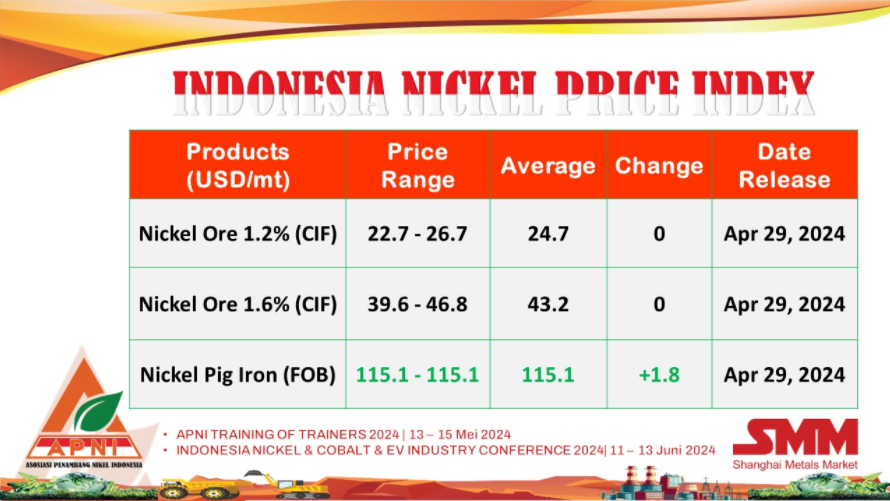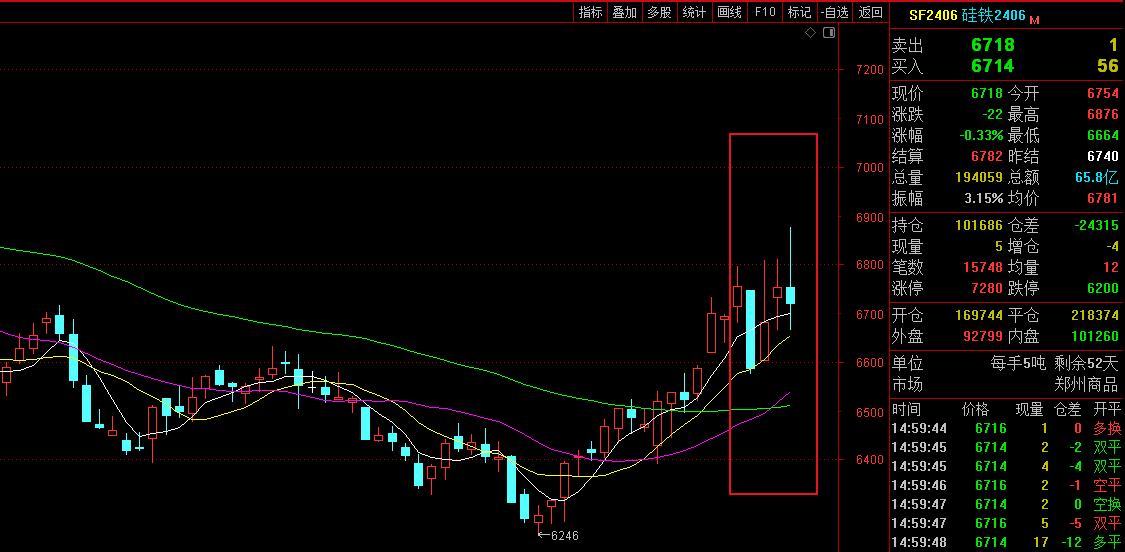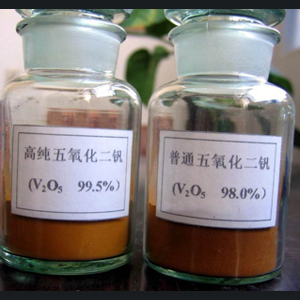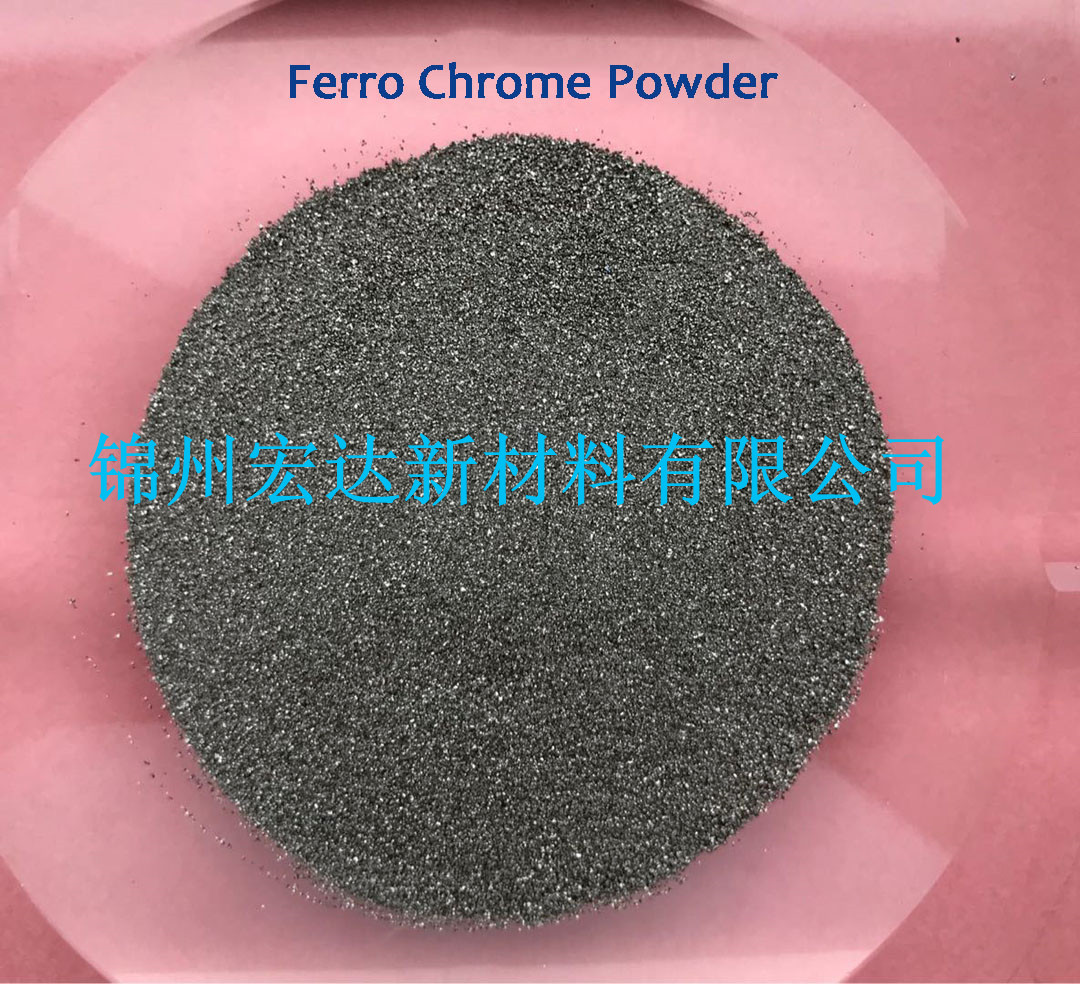The European quarterly benchmark price as set by Glencore may be facing its biggest challenge by the largest users. Following a statement by Acerinox’s chief executive, Bernardo Velazquez Herreros, that the European stainless surcharge system for alloys has “passed away,” Outokumpu said it was planning to initiate a new daily stainless steel pricing system to replace the current monthly system. According to Outokumpu, the daily pricing alloy surcharge “would decrease volatility and speculation and thus provide better reliability for customers.” Even before the news, a major European stainless mill told Ryan’s Notes he envisioned at least monthly adjustments instead of quarterly. “The second-quarter increase was completely unjustified,” one consumer said. “And, it soon became a point of derision. How could we accept a price increase when the market was collapsing?”
Still, there were some producers arguing to keep the benchmark at $1.27, saying that with the uncertainty surrounding South African power supplies and the potential for supply disruptions, it made sense not to change the benchmark.
It was damage control time for South African charge chrome producers. Facing a the very real possibility of Eskom-related “temporary” cutbacks due to limited electricity supplies, the producers are planning to restart some or all of their closed furnaces on June 1, despite exceedingly high power costs.
Eskom’s power rates are >132kV are ZAR209.48¢ for peak, ZAR63.45¢ for standard and ZAR30.23 for all peak in the high demand season (Ryan’s Notes, May 20, p1) and ZAR47.03¢ for standard, ZAR29.85¢ for offpeak in the low-demand season; all are ZAR¢ per kWh, VAT included and do not include transmission charges of ZAR7.50¢ per kVA/m.
The list of expected furnace restarts by each producer is Glencore/Merafe, six furnaces; Samancor Chrome, five furnaces; Hernic, two furnaces; IFM and ASA, one furnace each; and Mogale, two furnaces. “There is no way to add that amount of power usage without reaching the tipping point for a breakdown of the gird,” one analyst pointed out. Are the smelters willing to accept constant interruptible shutdowns?
Meanwhile, the labor situation appears to be getting worse though it has yet to affect the chrome producers. NUM issued its demand for coal and gold workers that includes a 60% hike in wages for new hires and a 15% increase for all other wage categories.
The NUM demands were to counter the growing strength of a rival union, amcu, for the hearts and mines of workers who think NUM has become too cozy with the government and the companies.
The only good news for the producers was that the rand appears to be headed to the ZAR10:$1 level.
DLA hoes to clean out its odds and ends of high-carbon ferrochrome from the stockpile at this month’s BOA sale. The agency offered 297.11 tons of German 68.3% Cr; 308.6 tons of Japanese 68.25% Cr; 45.16 tons of South African 67.57% Cr; 220.39 tons of 66.5% Cr; and 277.05 tons of 66.50% Cr; Japanese material for a total of 1,148.31 tons. All the high-carbon ferrochrome has to be sold in its entirety for each line item offered.
In addition, DLA offered 1,680,000 lb of low-carbon ferrochrome including 840,000 lb each of domestically produced 66.2% Cr, 0.15% C, and 68.77% Cr, 0.13% C material.
Meanwhile, Chinese ore sellers are being squeezed. On one side are Chinese stainless mills who are constantly pushing down ferrochrome prices. This has forced domestic smelters to either follow with lower ferrochrome prices or halt production. On the other hand, foreign miners are keeping the pressure up by refusing to lower their ore prices to resellers even with imports still going strong. The only solution is to reduce purchases by the resellers. China’s major stainless mill
JISCO’s June ferrochrome tender price is expected to be cut to only 6,700 yuan per mt (84¢ per lb, VAT unpaid) ddp, compared with its previous price of 7,000 yuan per mt.
China’s current ore stocks at main ports are around 2.71-million mt, including 1.38-million mt in Lianyungang, 640,000 mt in Tianjin, 340,000 mt in Shanghai, 300,000 mt in Zhanjiang and 55,000 mt in Fangcheng.
China imported 2,667,138 mt of chrome ore in the first quarter of 2013 vs. 2,157,100 mt in the same 2012 period. Major suppliers in the first quarter of 2013 (same 2012 period in parentheses) were: South Africa, 1,383,094 mt (1,100,200 mt), Turkey 470,448 mt (481,800 mt); Oman, 159,780 mt (94,000 mt); Albania, 162,644 mt (45,800 mt) and Australia, 132,908 mt (72,400 mt). Pakistan also provided 124,447 mt in the first quarter of 2013.
In the first quarter of 2013, China imported 506,317 mt of high-carbon and charge ferrochrome. The major suppliers were: South Africa, 253,306 mt; Kazakhstan, 147,285 mt; and India, 92,371 mt.
In March, the top five importing companies were: Sichuan E-hui Metallurgical, 50,875 mt (39,111 mt in February), Lianyungang Zhonghuan Bonded Warehouse, 49,344 mt (0); Sinosteel Tianjin, 47,009 mt (21,986 mt); Sichuan Tianyi Metallurgical, 44,955 mt (0) and China Textile Resources, 42,144 mt (0).
Copyright © 2013 Ferro-Alloys.Com. All Rights Reserved. Without permission, any unit and individual shall not copy or reprint!
- [Editor:editor]



 Save
Save Print
Print Daily News
Daily News Research
Research Magazine
Magazine Company Database
Company Database Customized Database
Customized Database Conferences
Conferences Advertisement
Advertisement Trade
Trade














 Online inquiry
Online inquiry Contact
Contact



Tell Us What You Think